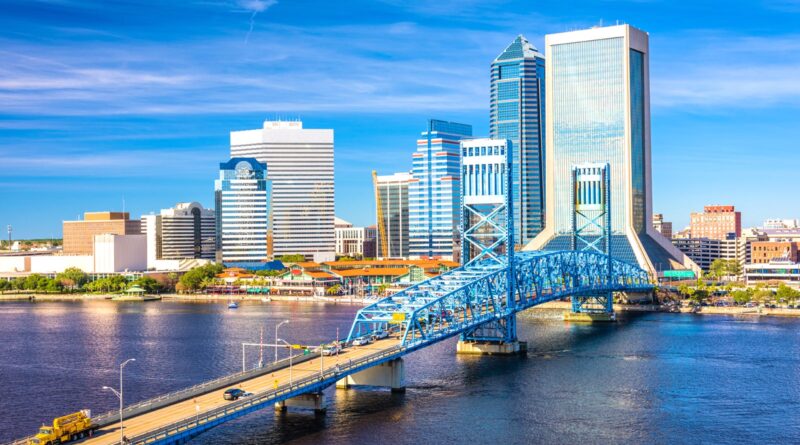History of Jacksonville Florida
Jacksonville, Florida has a long and storied history dating back hundreds of years. The area was originally home to the Timucua people before being claimed by France in 1562. In 1564, French Huguenots established Fort Caroline in what is now downtown Jacksonville. This was the first French colony in North America. However, later that year the Spanish conquered the fort and renamed it San Mateo.
For the next 200 years, the area switched hands between British and Spanish rule. It was not until 1821 when Florida became a territory of the United States that Jacksonville began to grow as a city. Shortly after this, settlers from North Carolina established the town named “Cow Ford” due to its location along a narrow point in the St. Johns River where cattle could be driven across. In 1822 the name was changed to Jacksonville after Andrew Jackson, the first military governor of Florida.
The city was ravaged by fire multiple times in its early history, but continued to rebuild and grow as an important southern city. It served as a major military center for the Confederate Army during the Civil War, though Union forces occupied the city several times. After the war, Jacksonville recovered and railroad access helped establish the city as a popular winter resort destination.
The early 20th century brought incredible growth and development. The city annexed several surrounding communities, bringing the population over 100,000 by 1910. It adopted the commission form of government in 1907, one of the first cities to do so. The completion of the Acosta Bridge in 1921 connected the north and south banks of the St. Johns River. The 1920s Florida land boom helped Jacksonville become one of the largest cities in the state.
However, the city suffered severely during the Great Depression. New Deal programs helped Jacksonville recover in the 1930s and the economy diversified beyond tourism. Naval bases established during World War II brought war industry jobs to the city. After the war, suburban growth, construction of highways, and the development of the seaport expanded Jacksonville’s economic potential. Consolidation with Duval County in 1968 unified the city government and Jacksonville continued growing in population and land area.
Today, the Bold City of the South is the most populous city in Florida. It is a major seaport and naval center, as well as a financial, insurance, medical, retail, and entertainment hub in the southeast United States. Jacksonville preserves landmarks from its long history, such as the St. James Building, the oldest surviving structure in Downtown. Though fires, wars, economic depressions and more have challenged Jacksonville, the city has rebuilt itself numerous times to become the major metropolitan area it is today.
Discover more from City Towner
Subscribe to get the latest posts sent to your email.




